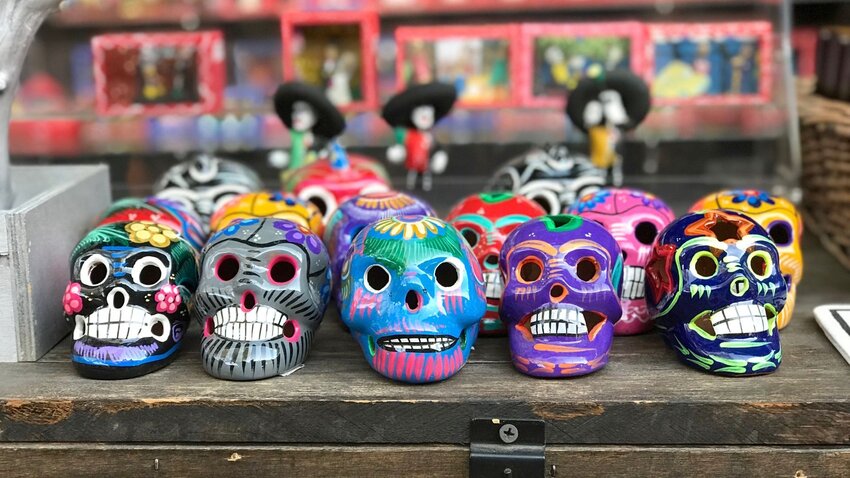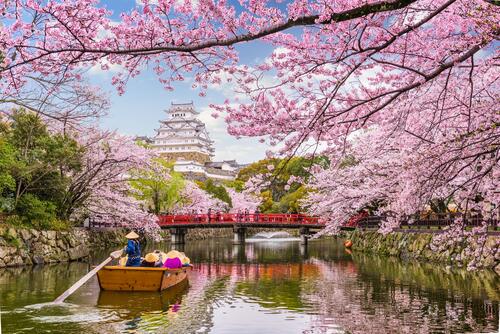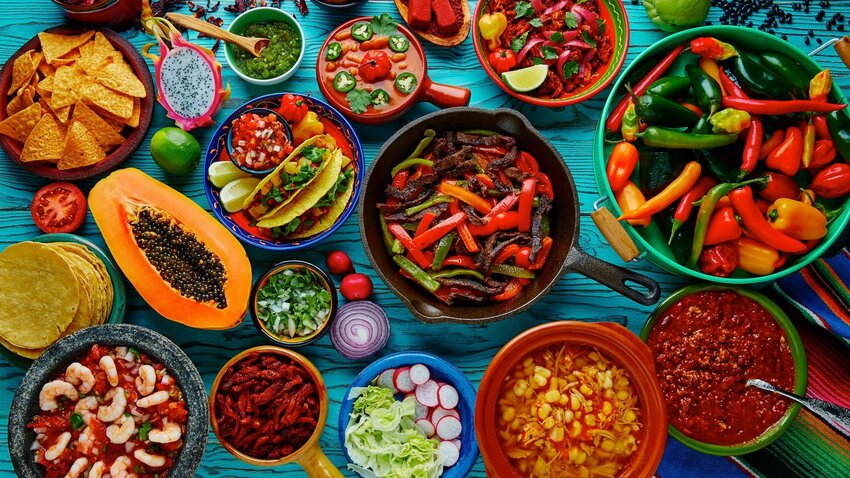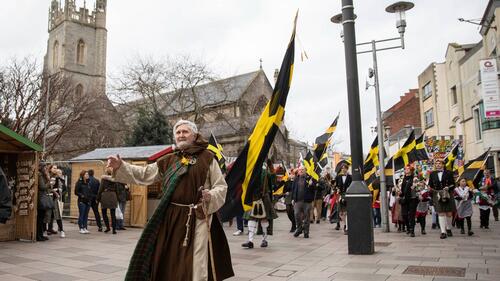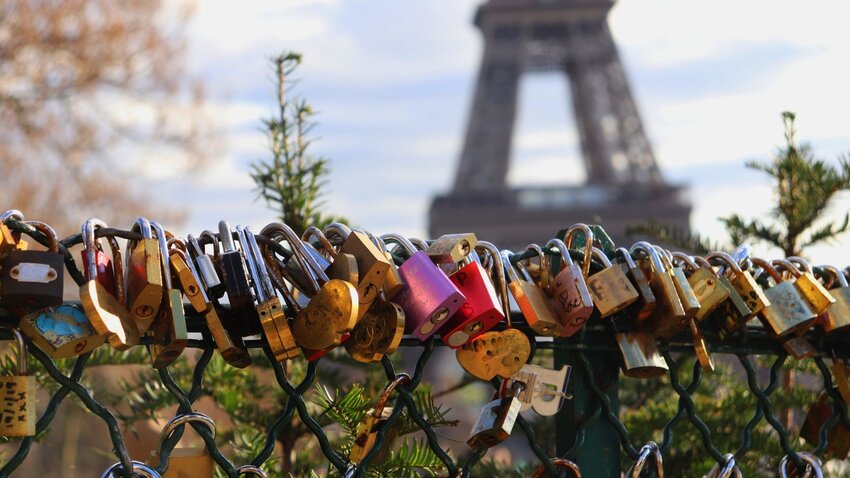Día de Muertos, or the Day of the Dead as it’s known in English-speaking world, is one of Mexico’s best known festivals. Celebrated over three days from October 31st to November 2nd, it's said that the gates of heaven open, and the spirits of the deceased return to earth to be reunited, if only temporarily, with their living relatives. Though Día de Muertos is marked in some form across much of Latin America, its origins are firmly rooted in Aztec culture. But to join in this year, you don’t need to travel to Mexico – here’s how to celebrate Day of the Dead at home.
Get In the Mood With a Movie
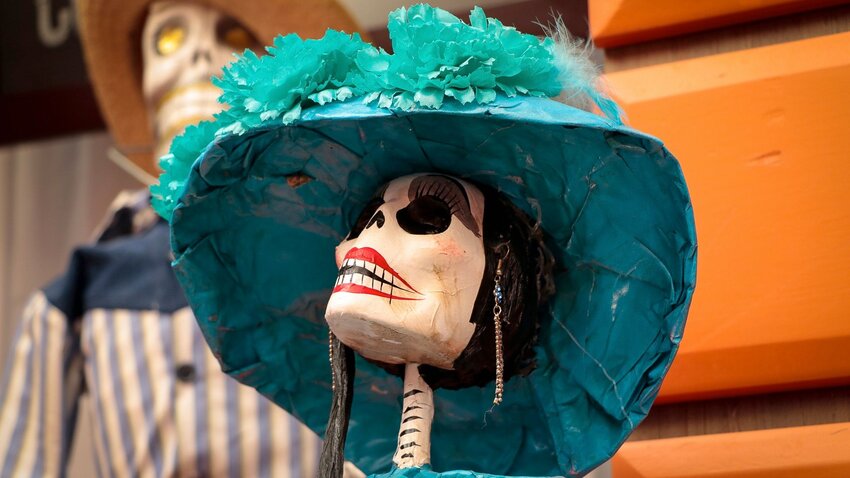
There have been a couple of standout films in the last few years that help explain the customs and traditions of Day of the Dead to those who haven’t experienced it first-hand. The 2017 Disney Pixar animation Coco, available to rent or buy, will tug at your heartstrings and help you understand the emotional connection Mexicans have to their ancestors, and why they believe it is important to remember them. The 2015 James Bond film Spectre takes a different approach. Watch the thrilling opening sequence set at a Day of the Dead comparsa (parade) in Mexico City. At the time of the movie’s release, no such parade existed in the capital, but the film created such a buzz that the authorities decided to hold one for real.
Bake “Bread of the Dead”
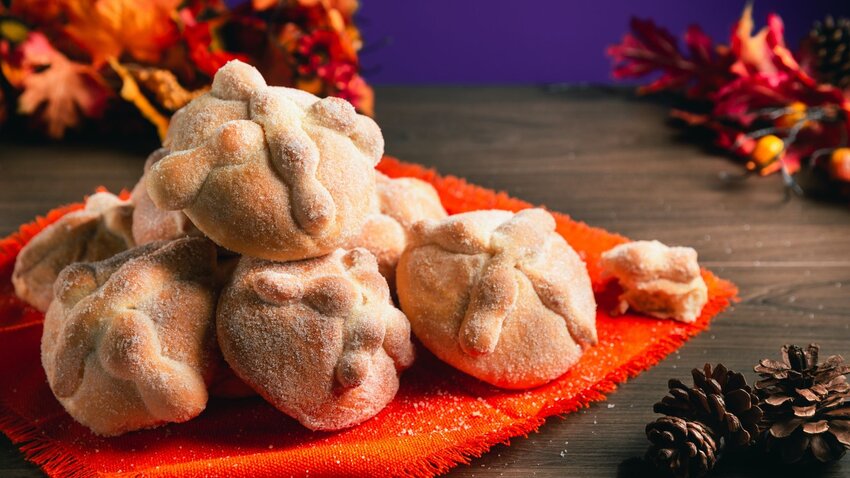
Food plays a big part in the Day of the Dead celebrations. One of the most commonly eaten foods is pan de muerto, literally “bread of the dead”. Traditionally it’s baked as a round shape; a motif that you’ll commonly see on top of the bread is a series of "bones" arranged in a ring to represent the circle of life. Though the exact style and decoration of this bread varies from place to place, it’s often flavoured with orange or anise, and sprinkled with sugar or sesame seeds. Pan de muerto is easy to make at home. Typically, Mexicans eat it throughout October, which gives you the perfect excuse to practise your baking skills before the big day.
Create Your Own Sugar Skulls
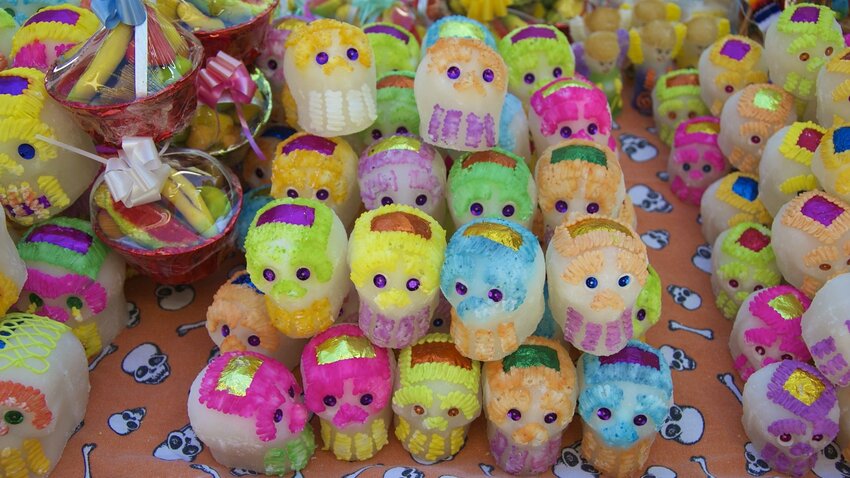
Kids go crazy for the little sugar skulls Mexicans call alfeñiques. These tiny heads are as much an example of folk art as they are candy. Made from a sugar paste, they’re typically white, but bear multi-coloured decorations. They made their way from Spain to Mexico, originally taking the form of animals. These days, you’re more likely to see calaveras (skulls) thanks to the popularity of La Catrina, a Day of the Dead icon for over a century. Alfeñiques are especially popular in places like San Miguel de Allende and Guanajuato where market stalls are piled high with them. Grab yourself a mold and follow this simple recipe to make some of your own.
Decorate Your Home With Colorful Bunting
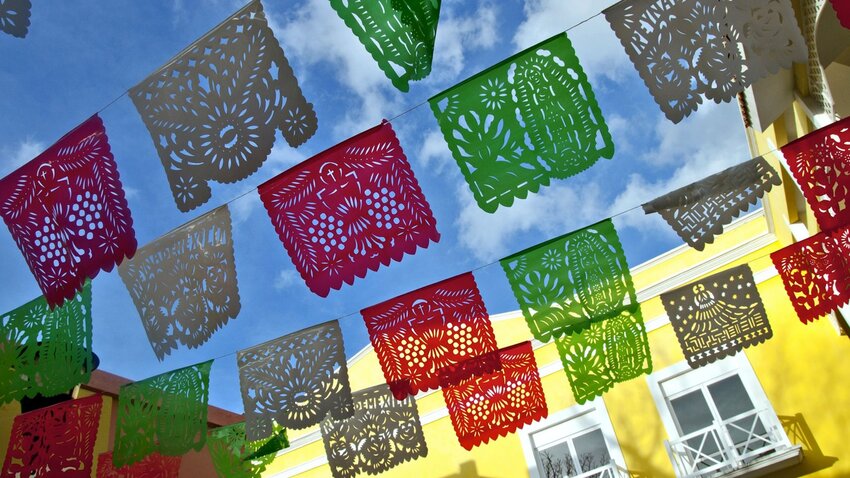
If you make it down to Mexico for Day of the Dead, one of the overriding impressions you’ll get is how vibrant it is. People string sheets of brightly-coloured bunting known as papel picado across streets and inside homes. The name translates as punched or perforated paper. Artisans traditionally create the designs by hand using a small mallet and a chisel. But if you’re not that creative – or patient – it’s also possible to buy packets ready-made. These days, many are made of plastic, but for an authentic banner, seek out those made from delicate tissue paper.
Build Your Own Day of the Dead Altar
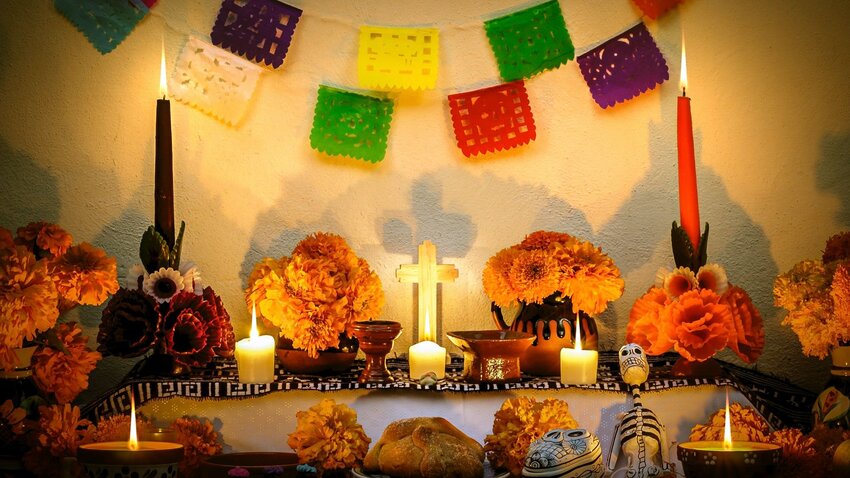
Constructing an altar, or ofrenda, is perhaps the most important task for the Day of the Dead festivities. Mexicans set them up at home or at the cemetery. Flowers such as gladioli adorn graves, and the heavily scented petals of cempasúchil (Mexican marigolds) form pathways guiding the spirits home to the altar. Day of the Dead altars typically consist of three steps. On the top tier you’ll usually find a display of treasured family photographs. Mexicans place the favourite food and drink of the deceased together with some of their treasured belongings on the second step. Finally, the base is laden with candles which are lit at dusk and burn all night.
Propose a Toast to Your Ancestors With Their Favorite Drink
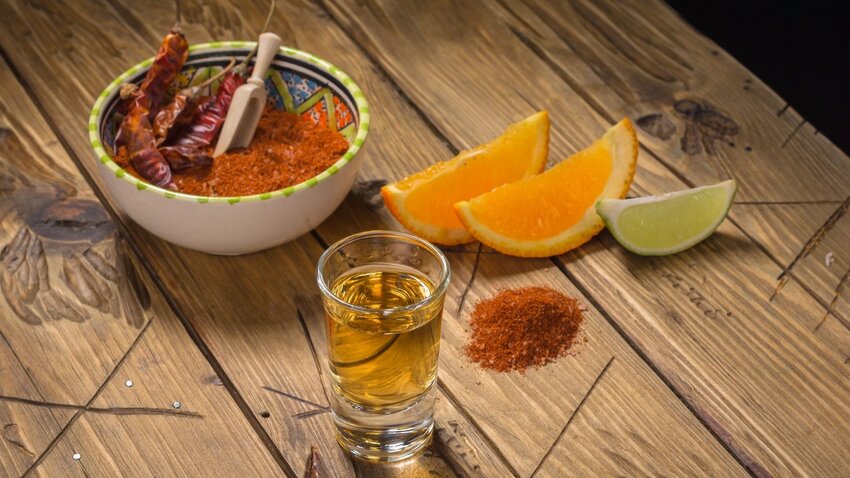
Mexicans believe that though their bodies may no longer be with us, the souls of the deceased return each year on Día de Muertos. Death is not the end. It’s entirely appropriate, therefore, to propose a toast for the guests of honor. Choose their favourite drink, or do as the Mexicans do and opt for a shot of high quality Mezcal instead. Drizly.com has a good selection to suit all budgets; in most major US cities, they’ll deliver right to your door. If the smoky, agave-based liquor is too potent for your palate, try a glass of hibiscus flower agua fresca instead. Steep the dried flowers in just boiled water and allow to cool; serve sweetened to taste.
Top photo by Sam Brand

